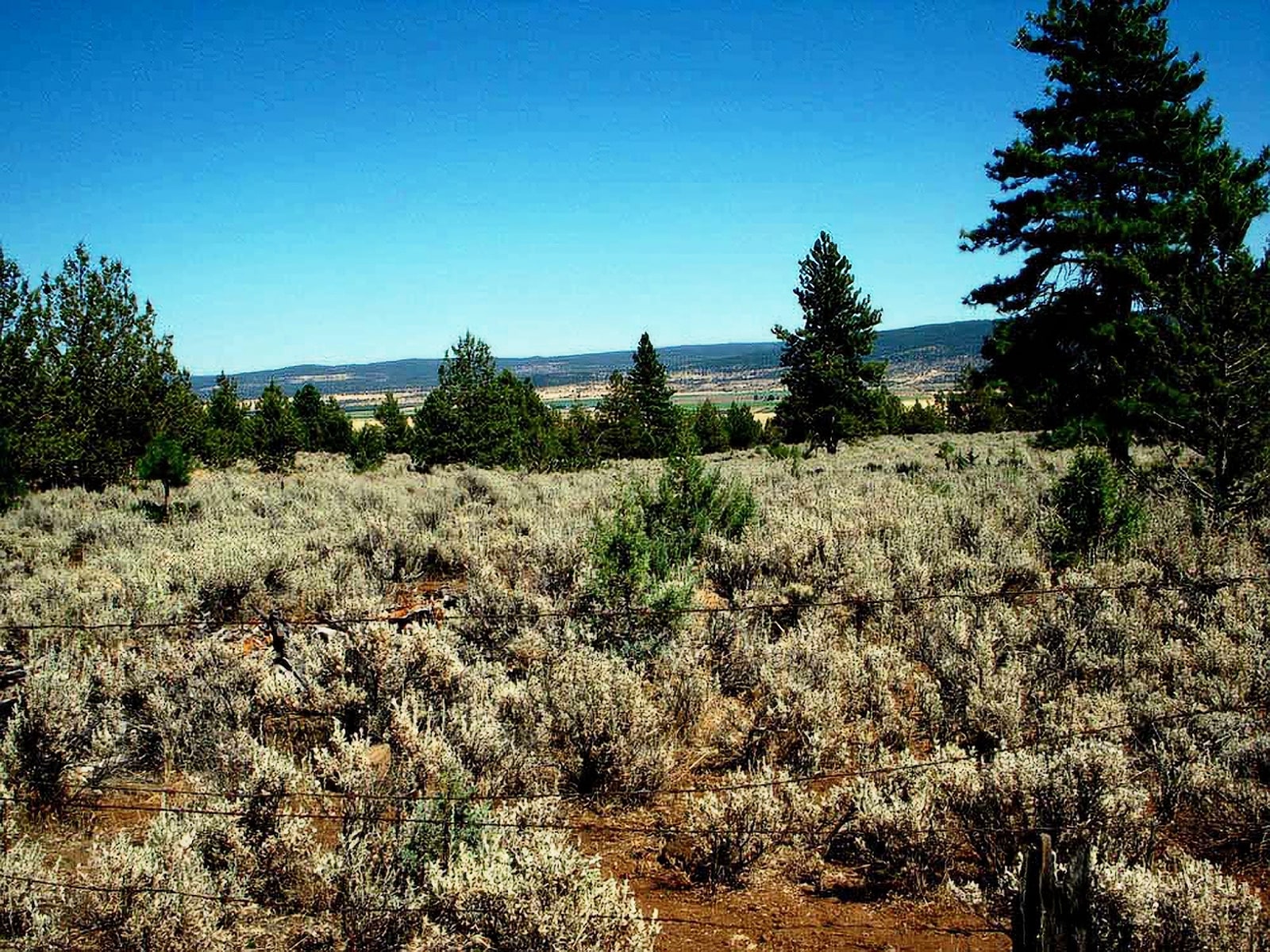
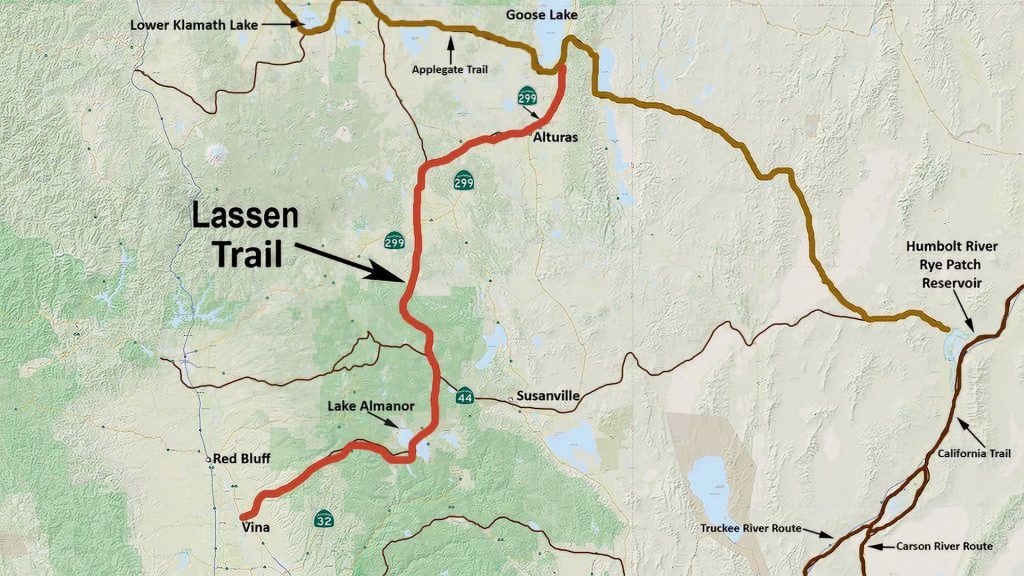
Lassen Trail
Intending to bring emigrants to his rancho in the northern Sacramento Valley, Peter Lassen piloted a small wagon train in 1848 along the California Trail as far as the Applegate Trail at the north end of present Rye Patch Reservoir in Nevada. Lassen intended to follow the Applegate trail as far as Goose Lake in northeastern California and then turn south and blaze a new wagon trail along the Pit River corridor to his rancho north of present Chico.
Lassen’s trail blazing wore down his small wagon party, and they became dispirited and depleted of provisions 50 miles short of his ranch. Fortunately for Lassen and his disgruntled party, at this point they were rescued by a large wagon train of vigorous Oregonians, captained by Peter Burnett.
They had been following Lassen’s wagon tracks since coming upon them where the Pit River turned south into Big Valley. Burnett’s success lay in finding a 50-mile shortcut between the Applegate Trail at Tule Lake and Lassen’s new trail that allowed, for the first time, wagon travel between Oregon Territory and California. This Burnett Cutoff between the Applegate and Lassen Trails continued to serve as the sole wagon route between California and Oregon for a number of years. With Lassen serving as their guide, Burnett’s Oregonians supplied the provisions and manpower to open a wagon route directly down the long divide between Mill Creek and Deer Creek to Lassen’s rancho. This Lassen Trail would become one of three main routes into northern California in the gold rush of 1849.
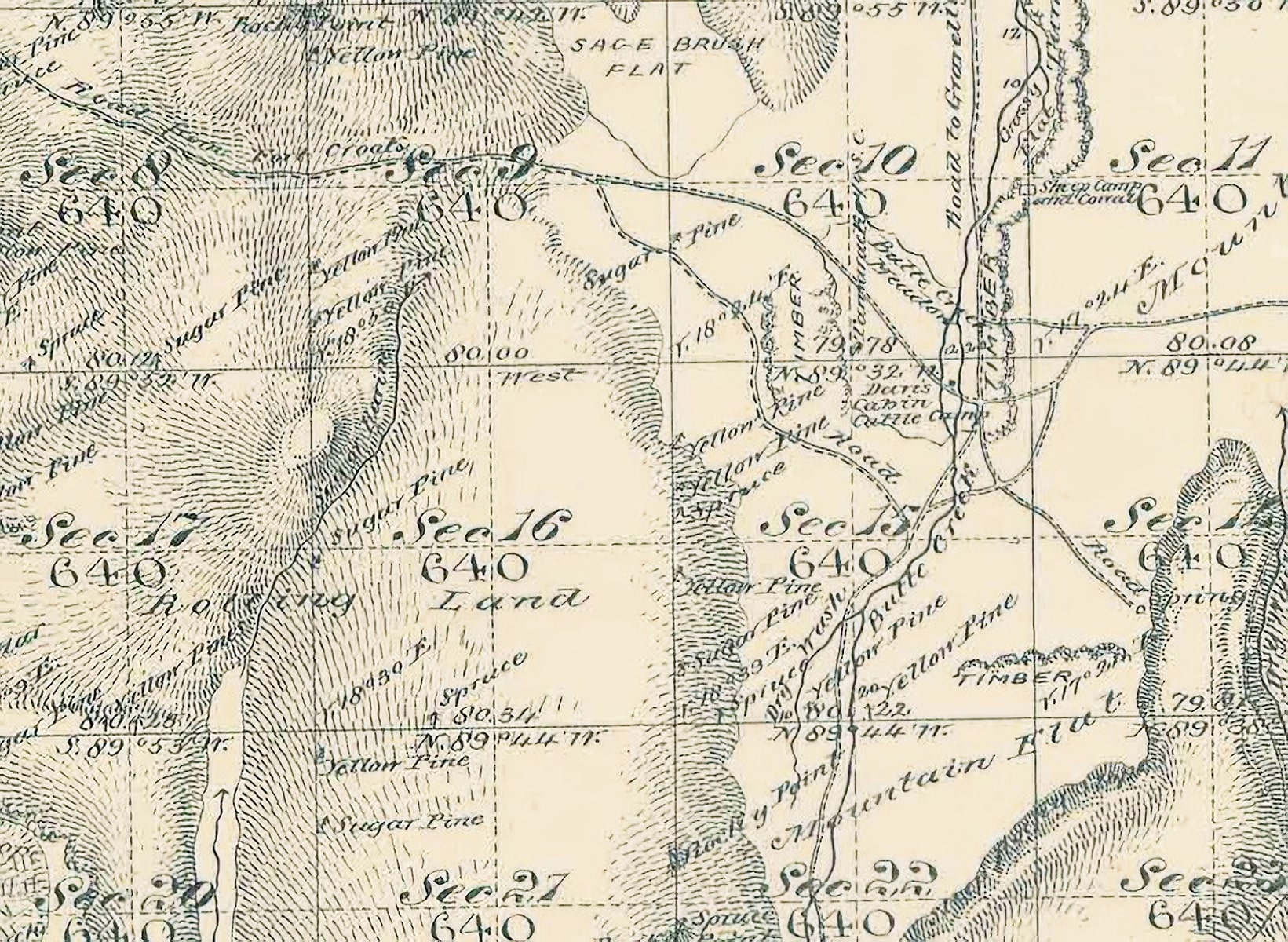
J.D. Randall 1852 On the Lassen Trail
Wednesday – Aug. 25, 1852
Started this morning at ½ past 6 a.m. our road takes into the timber here, nearly a south curse over another ridge of the S. mountains bearing west over the ridge to volcanic springs in a valley thinly timbered. Spring situate left of road on the west side of the large stone bluff or ovalanch of black cinder looking stone. This is cold spring water as I ever drank. We nooned at this spring. We found middling grass. Thence west about a mile to Black Butte Creek. A clear rapid stream of pure water about 12 ft. wide 8 in. deep. Here the road turns south up this creek. Cross this creek 3 times thence over a bluff to 3 lakes surrounded by mountains of the black looking cinder stone.
Sept. 24th
Left Camp at 7:15 a.m., struck the old Lassen Road and moved up it to Rock Spring, having crossed Beaver Creek near its head.
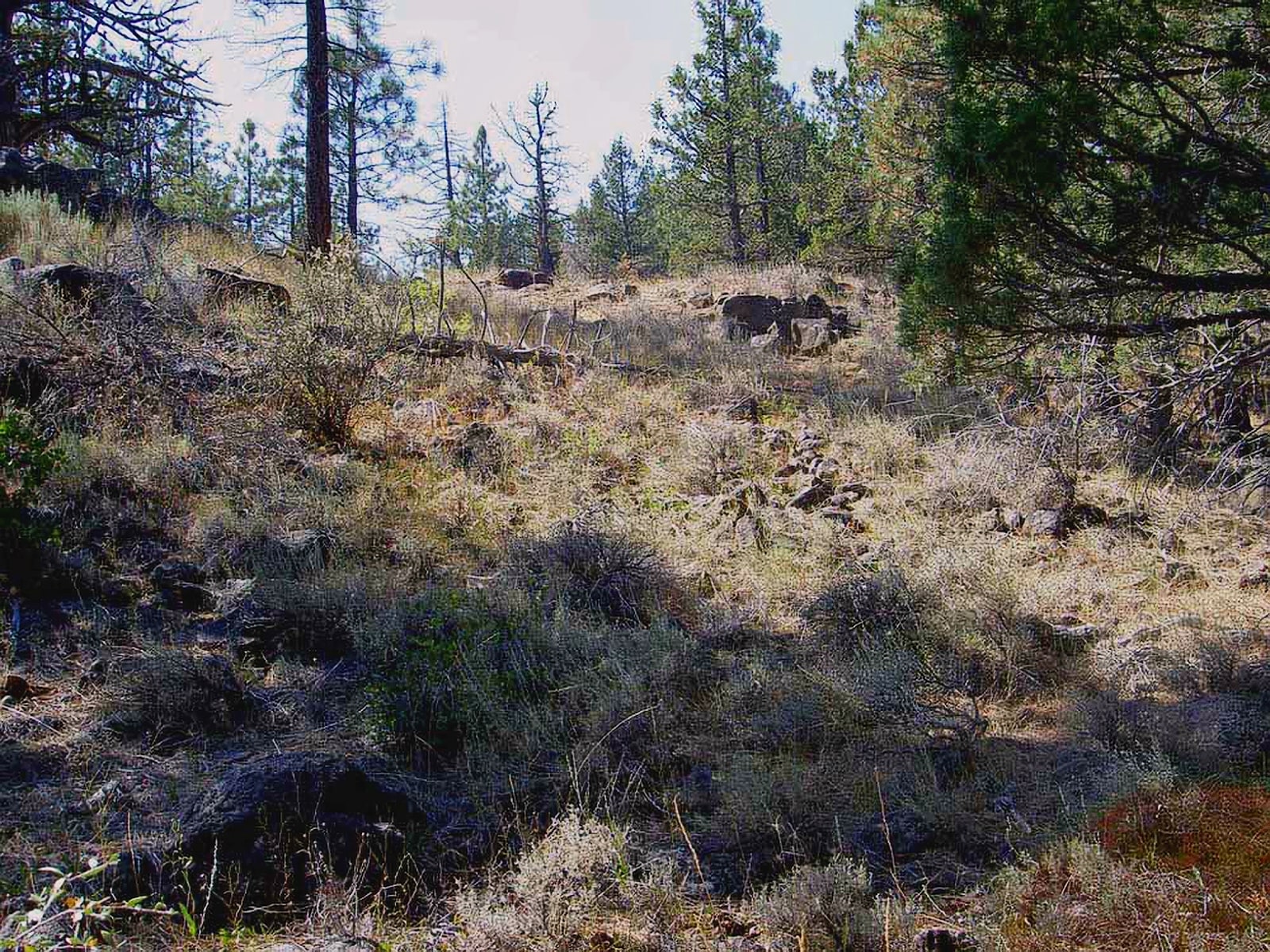
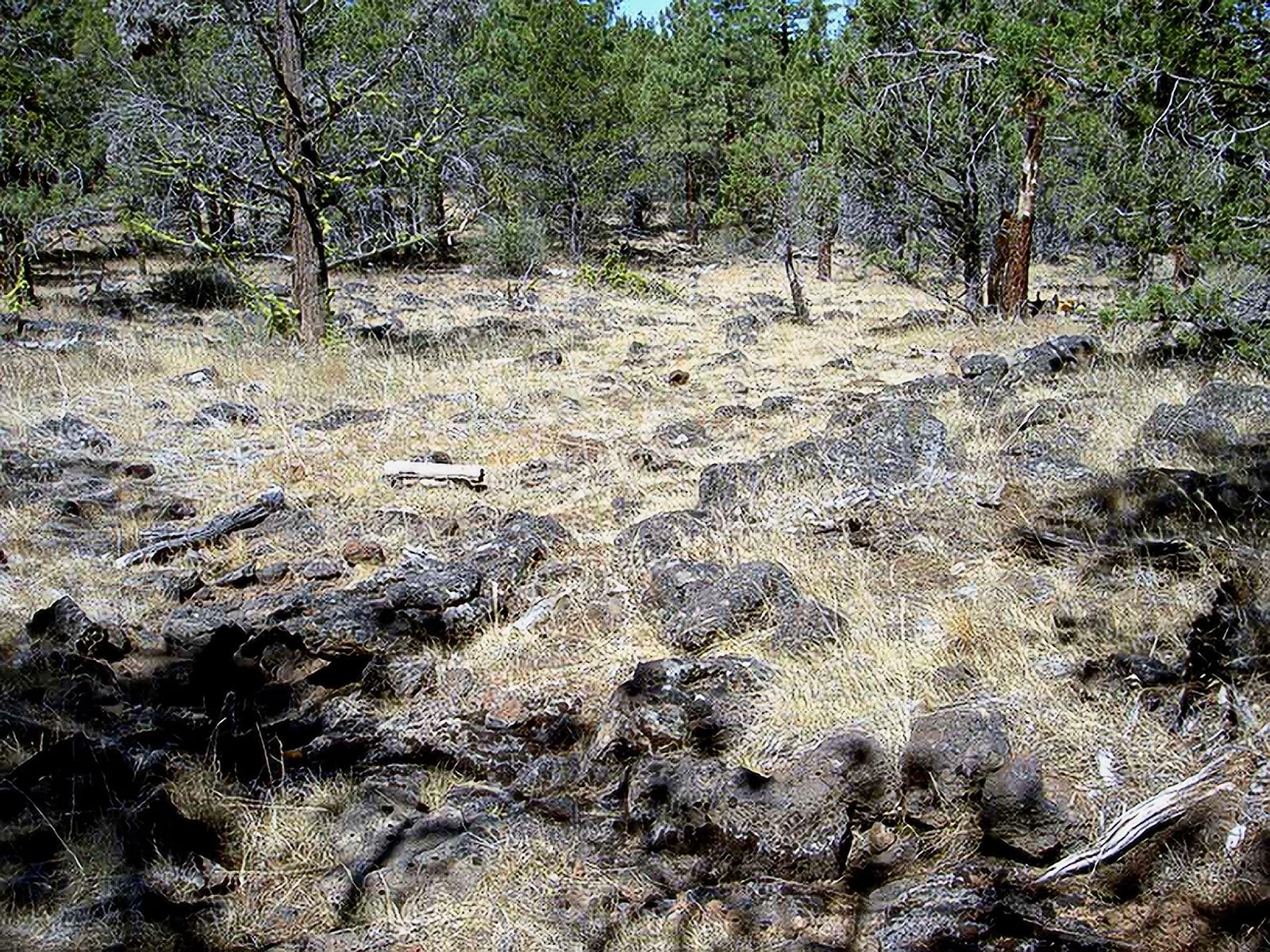
“….Mr. Hollenbeak, though he came after most of the Indian trouble was at an end, remembers some of the experiences told him by the older settlers. Here isa an incident told him by a soldier stationed at Fort Crook:
A wagon train of whites was entering the valley by way of the Lassen trail, one and a half miles above the Snell ranch—later sold to Mr. A. Murdock and now the property of Cox and Clark (Beaver Creek Ranch). The trail passed close between piled lava rocks and Beaver Creek. A large band of Indians here ambushed the train and killed all but one man, who escaped and made his way to Fort Crook. Upon hearing of his story, General (Lt.) Crook sent a detachment of infantry after the Indians. They rounded up the Indians, but the Indians ran west of the Snell place into the lava country. Here they made a large breastwork of rocks and with bows and arrows checked the soldier’ advance while they made their escape. But, in the meantime, General (Lt.) Crook sent out a detachment of cavalry to intercept them. The cavalry met the Indians and shot them down at Six Mile Hill. At Baker Road the bullet marks are still on the trees and the Indian graves not far away.
Fiftieth Anniversary Edition – Fall River Tidings 1893-1941; page

Lassen Trail – Class 1 Swale.
Ford of the Pit River to the east.
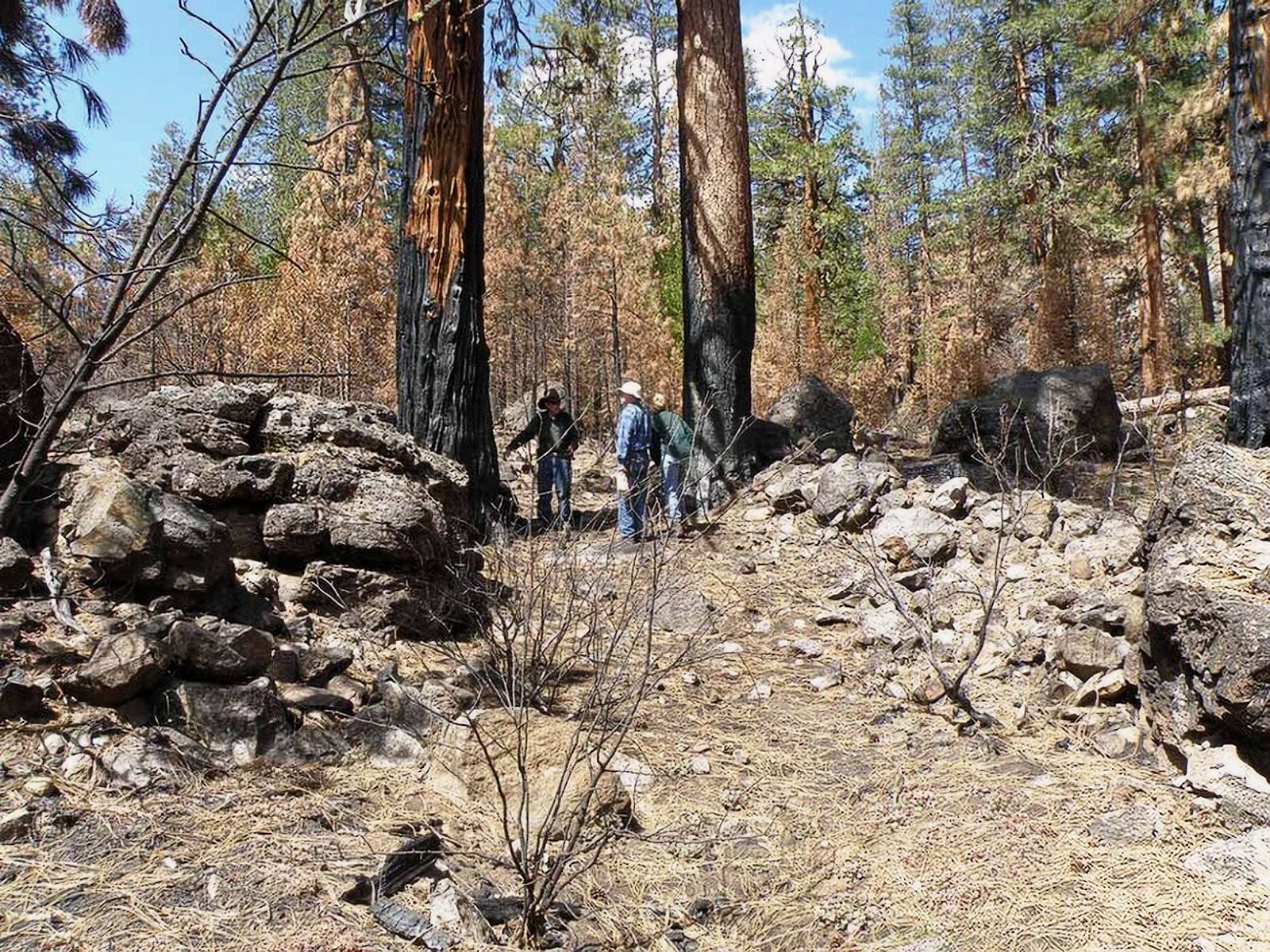
2010 – Lassen Trail near Hat Creek. Richard Silva near the tree.
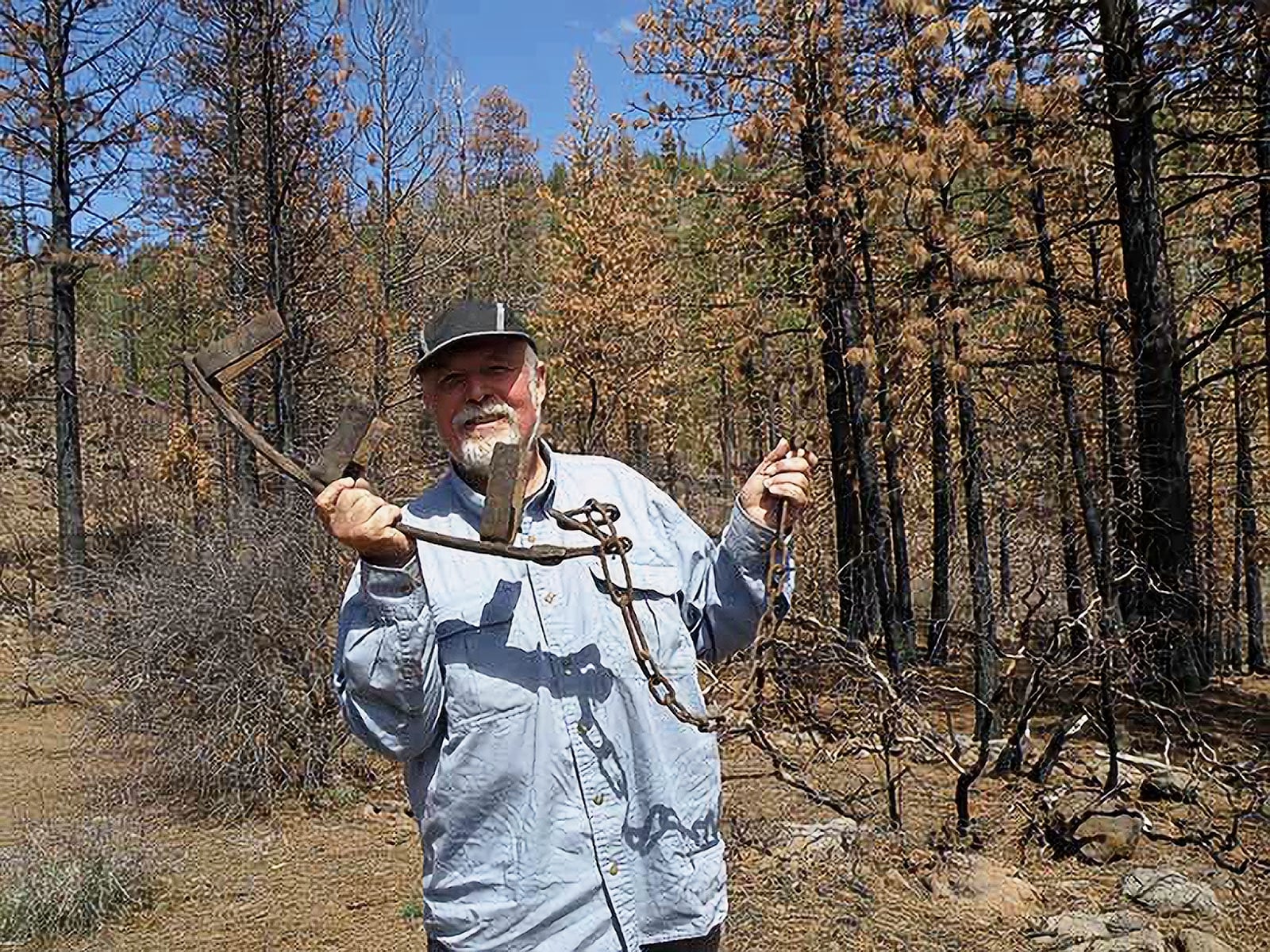
Glen Owens with a wagon rough lock found on the Lassen Trail near Hat Creek.






